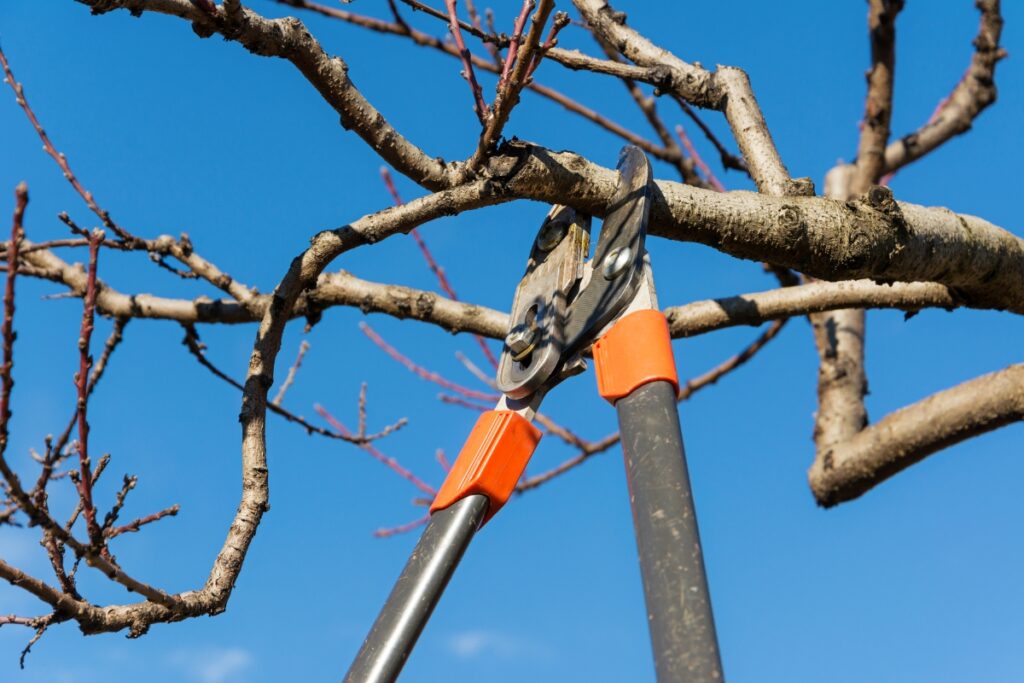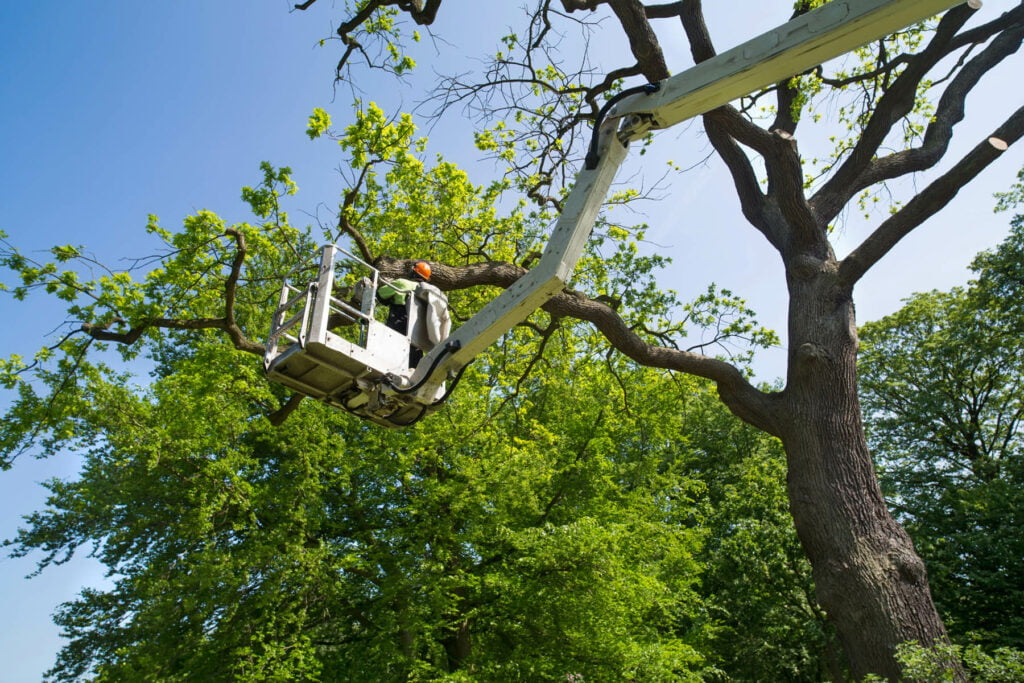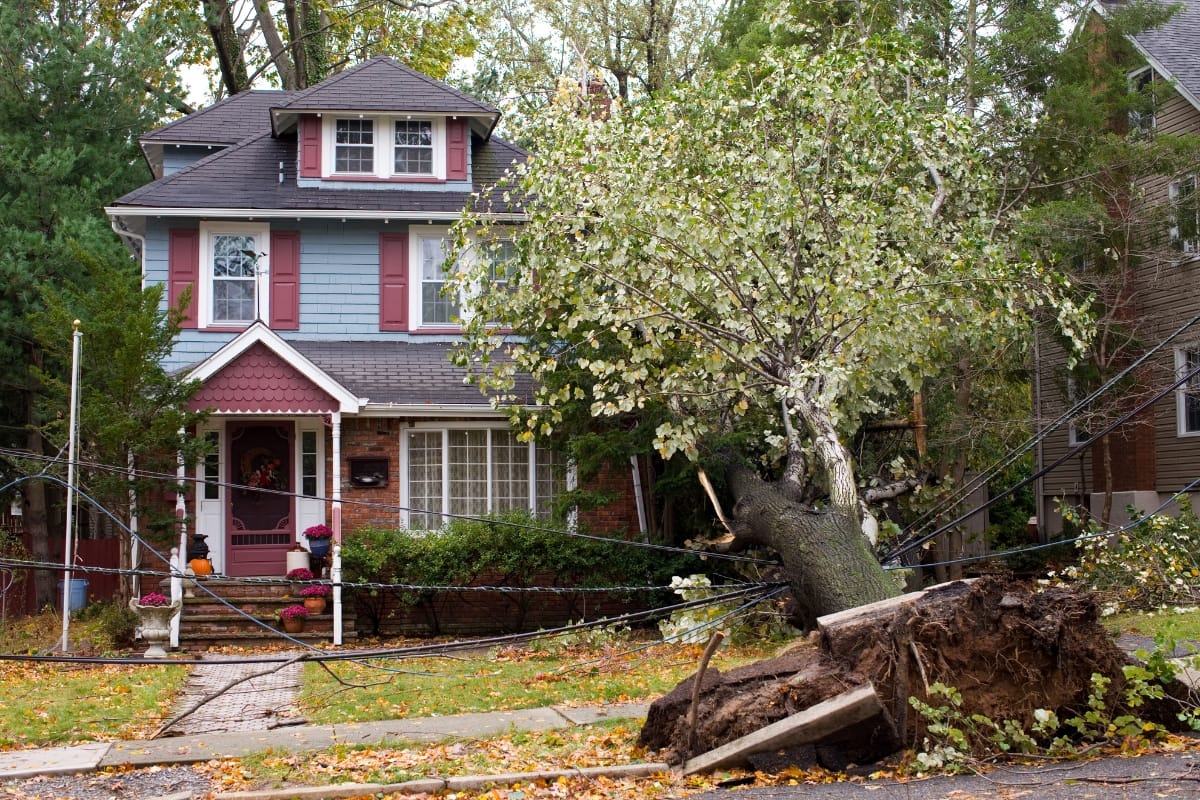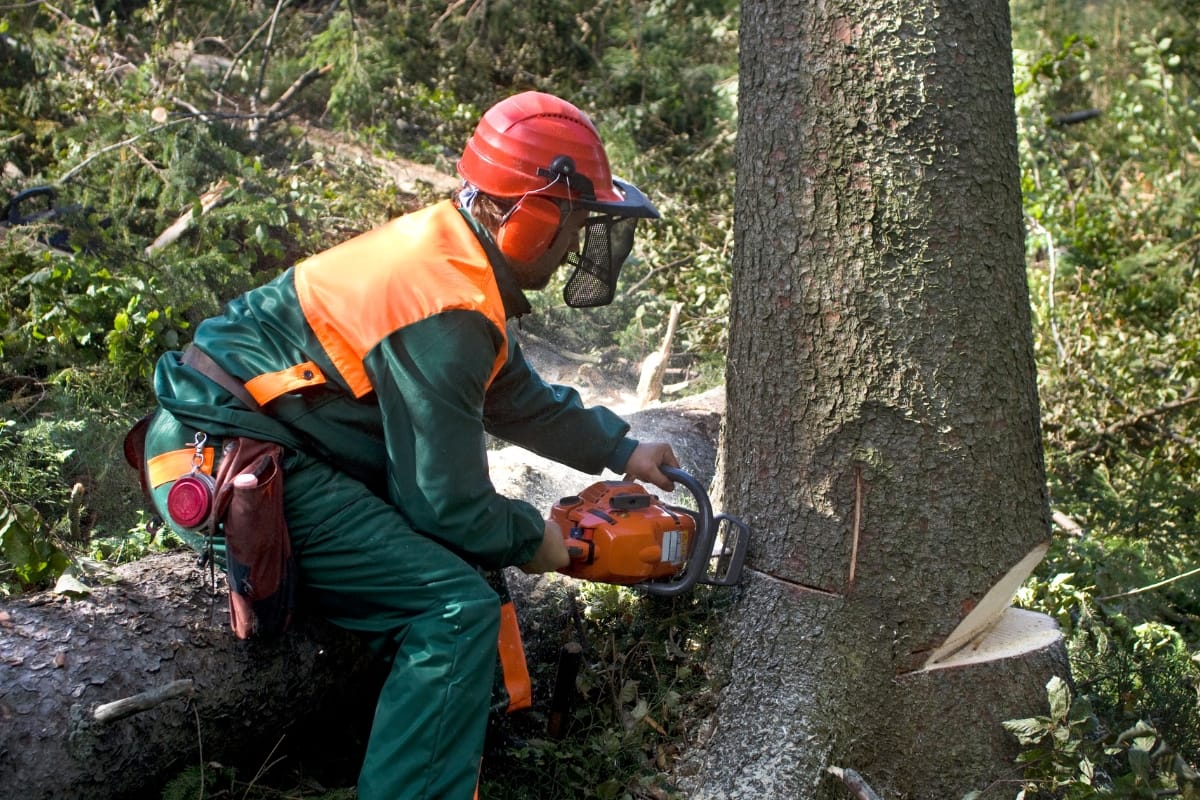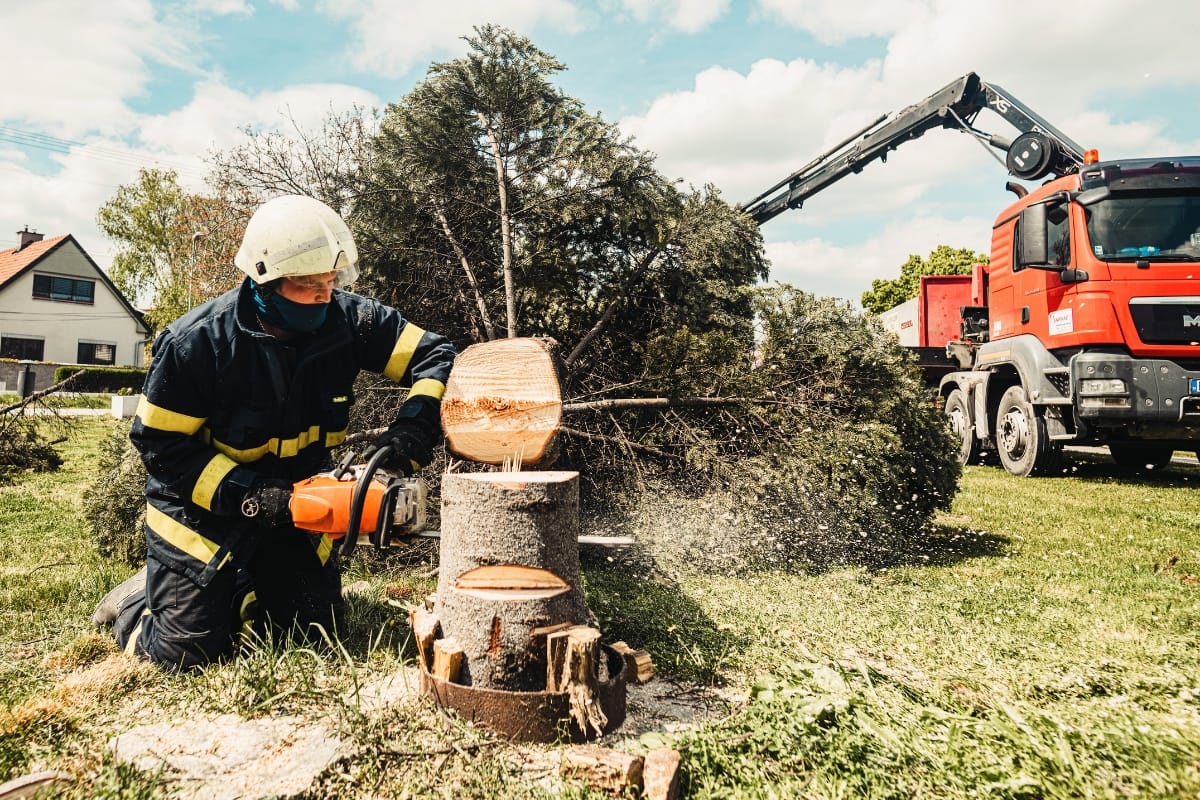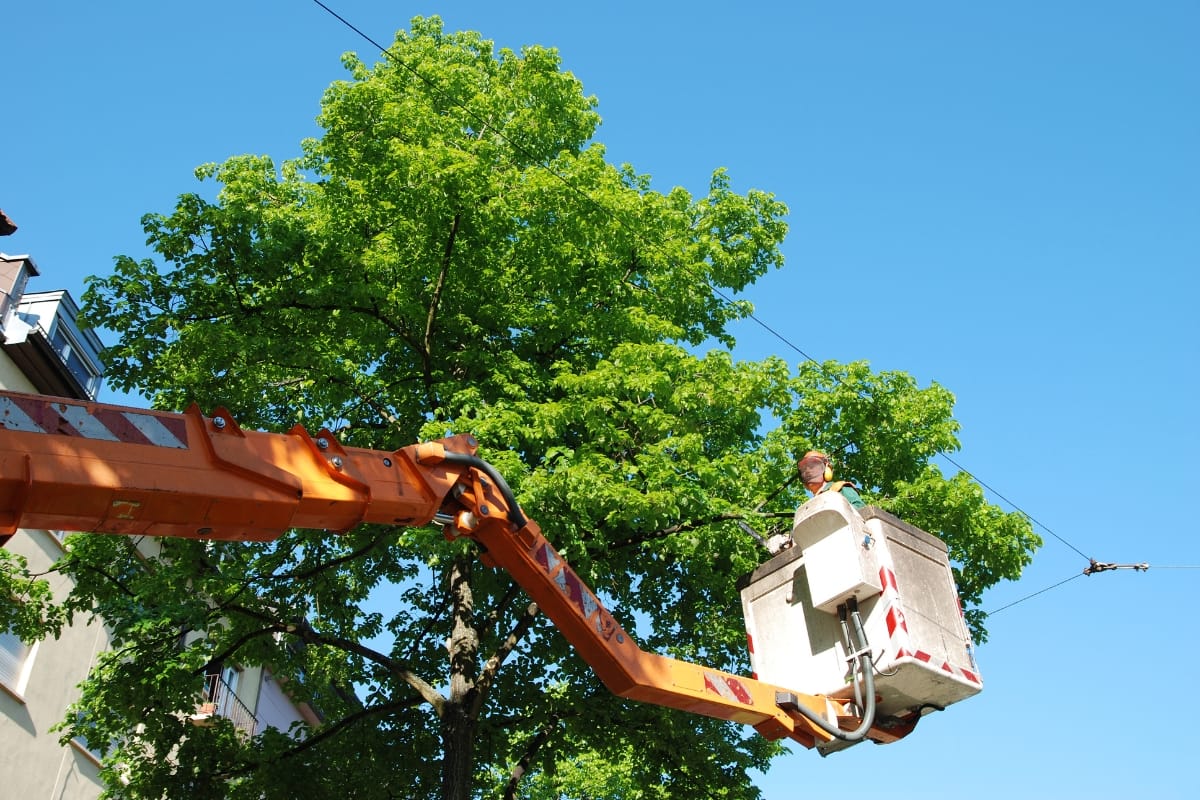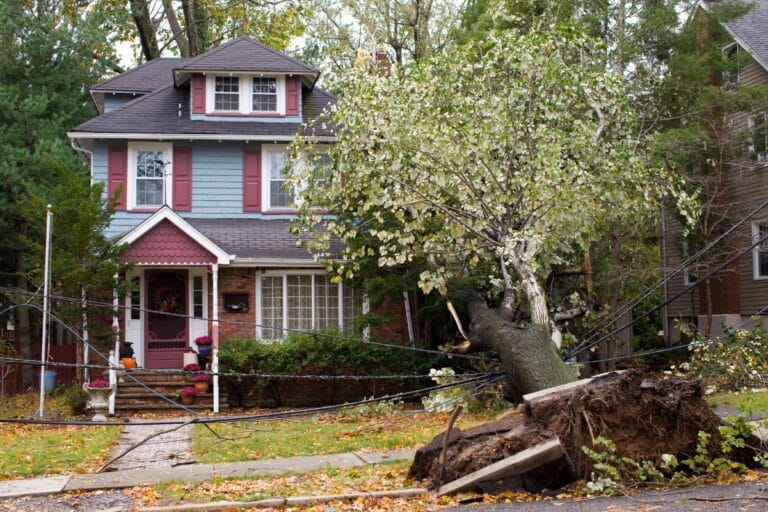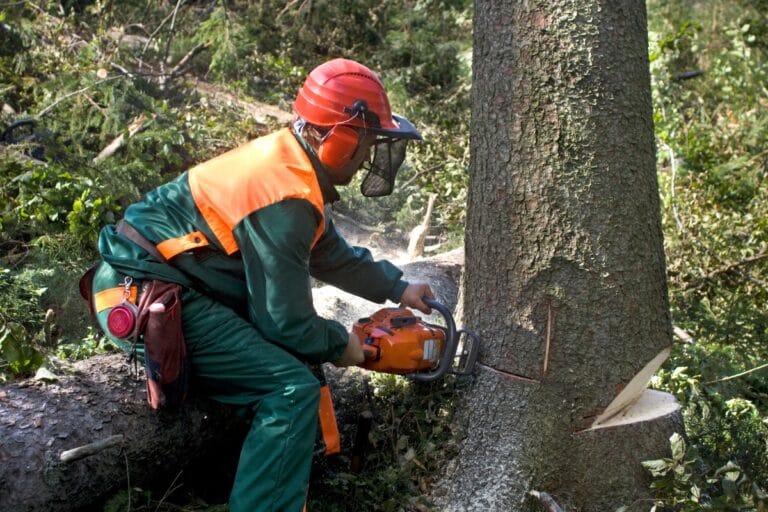Trees are a valuable asset not only for their aesthetic appeal but for their impact on our environment as well. However, ensuring their healthy growth and longevity requires consistent attention and maintenance. This is where pruning comes in as an essential component of tree care.
Pruning involves the selective removal of branches to improve the tree’s structure, aesthetics, and overall health. Correct pruning encourages healthy new growth, helps eliminate hazardous branches, and keeps the tree in good shape.
Through this article, we invite you to unlock the secrets of healthy growth by exploring the practical benefits of tree pruning. We will also provide you with key insights and best practices for successful pruning. So, let’s dive in!
From Beauty to Safety: Discover the Benefits of Tree Pruning!
The Art and Science of Tree Pruning
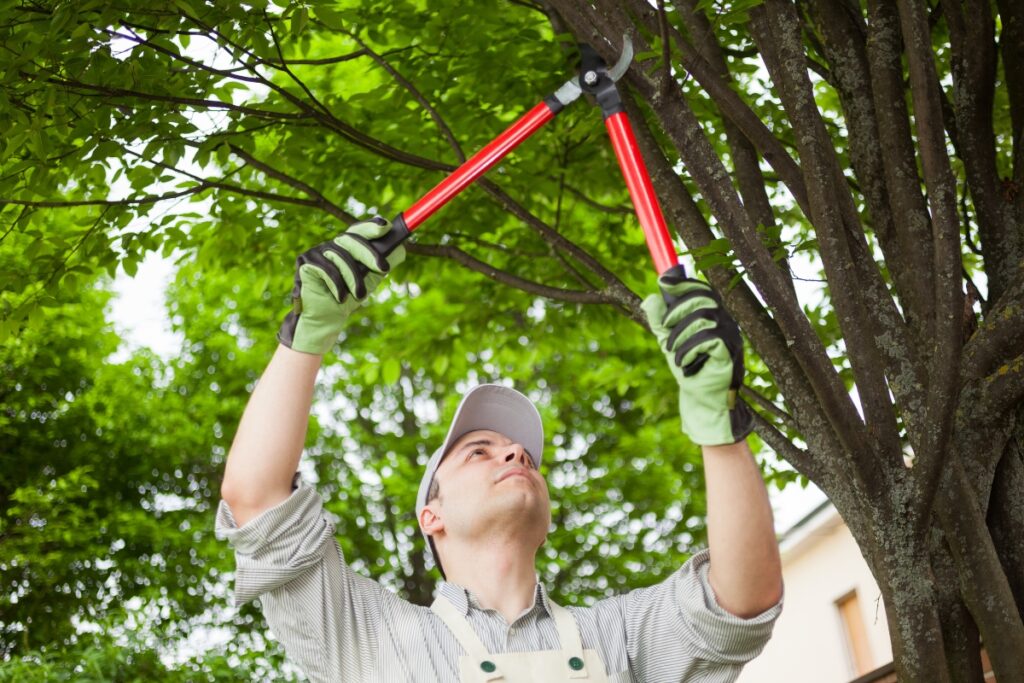
Tree pruning is both an art and a science, requiring a delicate balance between knowledge and skill. It involves the careful removal of specific branches or parts of a tree to promote healthy growth and maintain its overall structure. When done correctly, tree pruning can have numerous benefits for the tree, the surrounding environment, and even for us humans.
One of the primary benefits of tree pruning is that it helps to shape the tree’s growth. By selectively removing certain branches, arborists can guide the tree’s development in a desired direction. This is particularly important in urban areas where space may be limited, as well as in landscaping projects where specific shapes or forms are desired.
In addition to shaping growth, pruning also helps to improve air circulation and sunlight exposure within the canopy. By removing overcrowded or crossing branches, more light can penetrate through the foliage, reaching lower branches and encouraging their growth. This not only enhances the overall health of the tree but also promotes photosynthesis, which is crucial for its energy production.
The Science Behind Healthy Growth
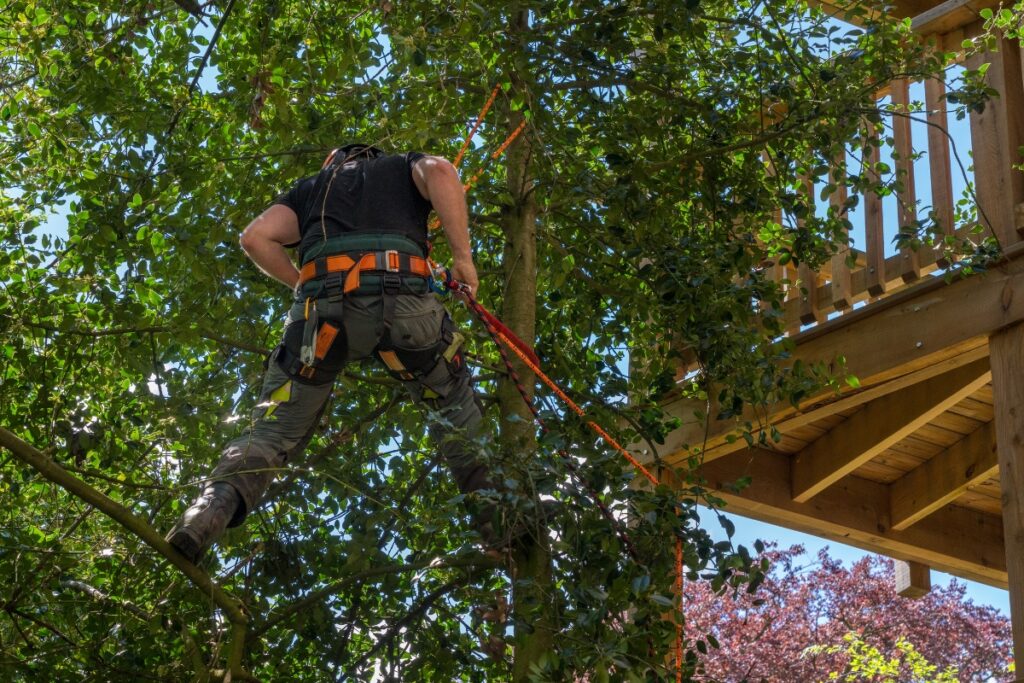
Tree pruning is rooted in scientific principles that govern plant physiology. When a branch is pruned, it stimulates dormant buds located along its length to sprout new growth. This process allows trees to regenerate damaged or weak branches and encourages new shoots to develop.
Pruning also plays a vital role in maintaining structural integrity within trees. By removing dead or diseased wood, arborists prevent potential hazards such as falling branches that could cause property damage or harm people below. Regular pruning can help identify weak points in a tree’s structure early on and take appropriate measures to mitigate any risks.
Promoting Structural Integrity Through Pruning
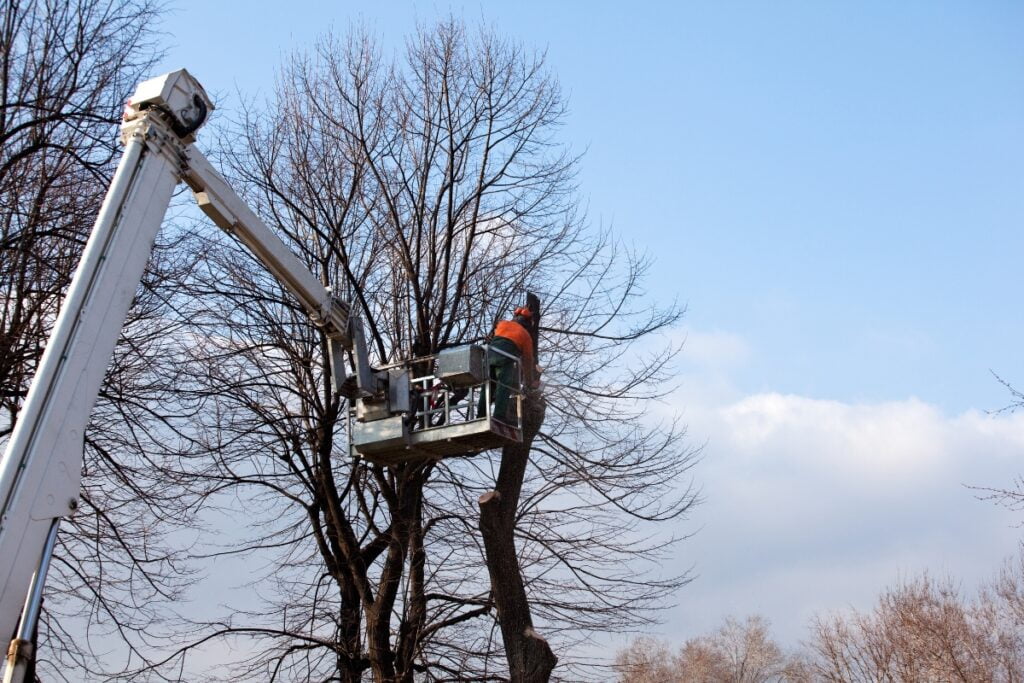
A well-pruned tree has a strong framework that can withstand the forces of nature. By selectively removing branches that are weak or growing in undesirable directions, arborists can help trees develop a sturdy and balanced structure. This is particularly important for young trees, as proper pruning during their formative years can prevent future problems and ensure their long-term health.
Pruning also helps to reduce the weight of branches, preventing them from becoming too heavy and potentially breaking under their own weight. This is especially crucial for trees that are prone to storm damage or those growing in areas with high winds.
Enhancing Air Circulation and Sunlight Exposure
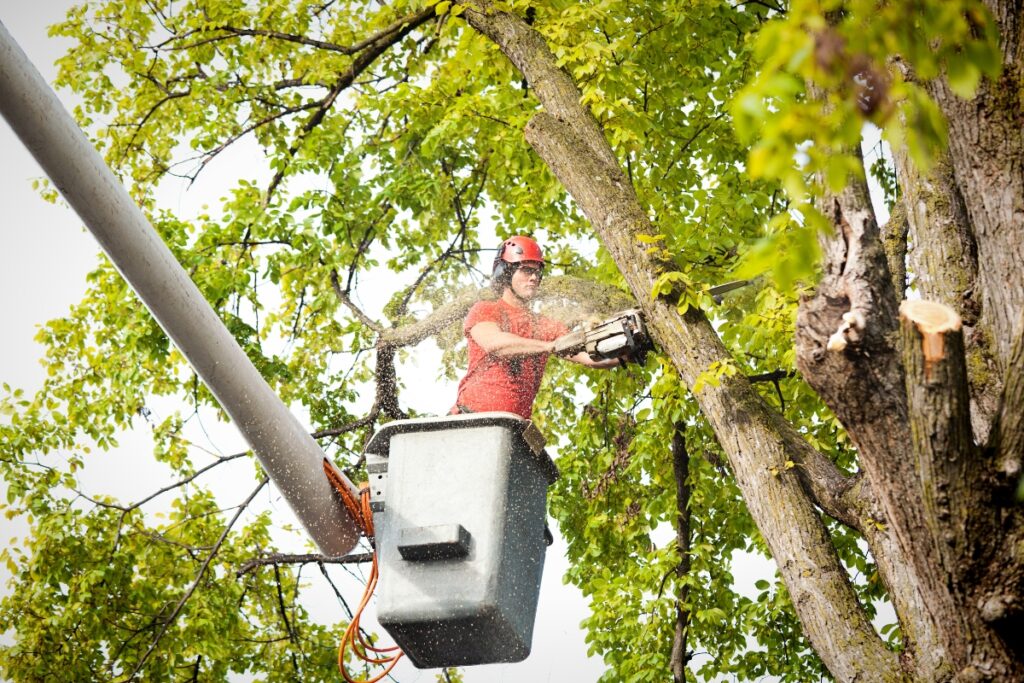
To maximize the benefits of tree pruning, it is essential to understand how enhancing air circulation and sunlight exposure play key roles in promoting healthy growth. Proper tree pruning techniques not only enhance the aesthetic appeal of trees but also contribute significantly to their overall well-being.
When trees are pruned correctly, it allows for improved air circulation within the canopy. This airflow helps in reducing the risk of fungal diseases by promoting rapid drying of foliage after rain or dew. By trimming away dead or overcrowded branches, the tree’s canopy becomes less dense, allowing sunlight to penetrate deeper into the foliage.
Increased sunlight exposure resulting from effective tree pruning is crucial for photosynthesis, the process through which trees produce their food. Sunlight is a primary source of energy for trees, and by allowing ample sunlight to reach all parts of the tree, growth is stimulated, leading to stronger and healthier branches.
Well-pruned trees also benefit from greater air circulation, which aids in the prevention of pests and diseases. Proper airflow reduces the chances of humid conditions that promote fungal growth, ultimately safeguarding the tree’s health.
Mitigating Disease Risks with Proper Pruning Techniques
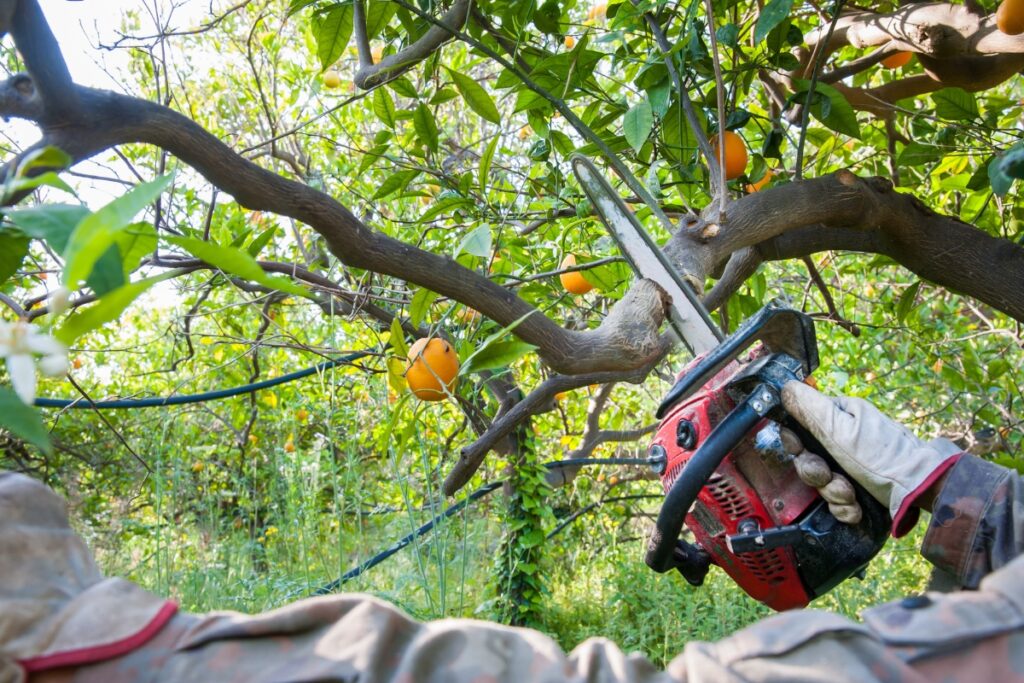
Proper pruning techniques play a crucial role in mitigating disease risks and promoting the overall health of trees. When it comes to the benefits of tree pruning, understanding the secrets to healthy growth is essential for any arborist or tree enthusiast.
One of the key benefits of tree pruning is the removal of dead or diseased branches. By eliminating these potential havens for diseases and pests, trees can focus their energy on healthy growth instead of fighting off infections. This proactive approach significantly reduces the risk of diseases spreading throughout the tree.
Moreover, by pruning trees correctly, you can enhance their structural integrity. Removing weak or crossing branches helps prevent future storm damage, which can lead to infections and further complications. A well-pruned tree is better equipped to withstand adverse weather conditions, ultimately promoting its longevity and vitality.
Boosting Fruit Production and Flowering
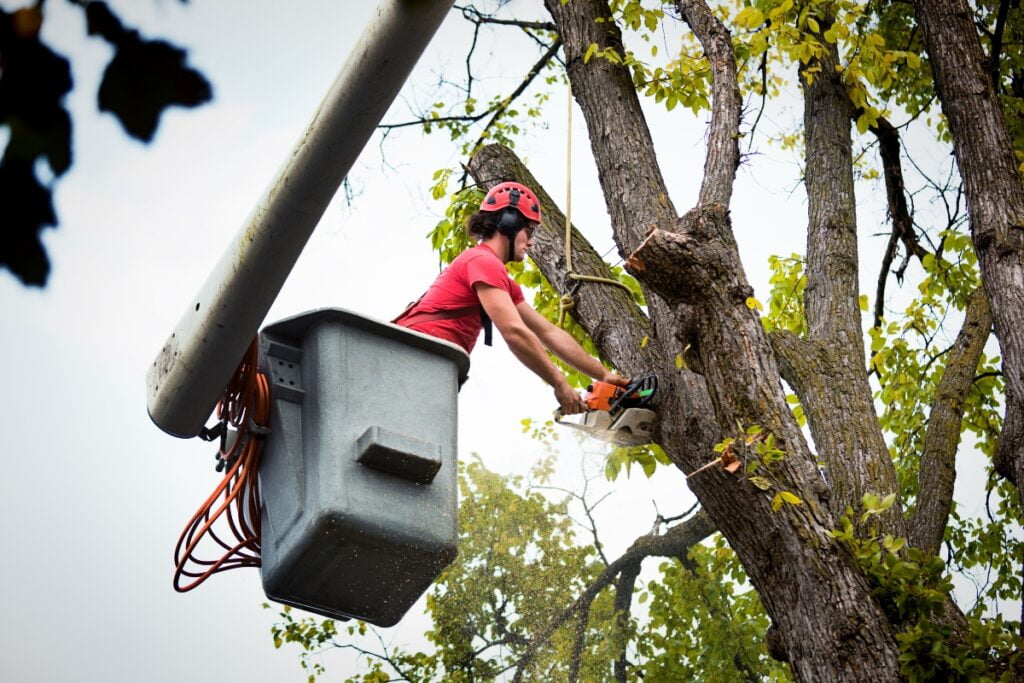
Pruning is a horticultural practice that involves selectively removing specific branches or stems from a tree. This process serves multiple purposes that directly contribute to improved fruit production and flowering.
One of the key benefits of tree pruning is the promotion of optimal sunlight penetration and air circulation throughout the tree canopy. By removing overcrowded or crossing branches, you create an open canopy structure that allows sunlight to reach all parts of the tree, stimulating healthy growth and enhancing fruit development.
Additionally, tree pruning helps eliminate diseased, damaged, or dead branches, preventing the spread of infections and promoting overall tree health.
By removing these problematic branches, you not only reduce the risk of disease but also redirect the tree’s energy towards producing new growth and blossoms. This, in turn, leads to increased flower formation and fruit set, ultimately boosting the tree’s productivity.
Furthermore, pruning plays a vital role in shaping the tree’s growth pattern and structure. By selectively pruning branches, you can encourage the tree to direct its energy towards producing fruit-bearing shoots and spurs. This targeted approach promotes flowering and fruiting, ensuring a bountiful harvest.
Encouraging New Growth and Branch Development
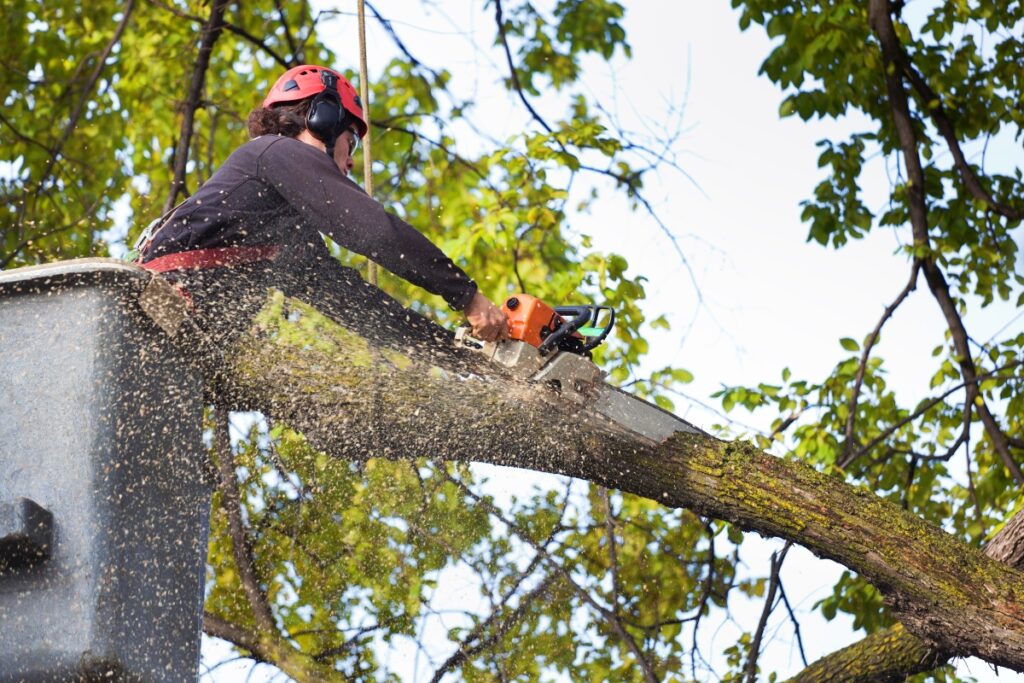
By engaging in regular pruning, trees can channel their resources more effectively towards new growth. This process involves removing dead or diseased branches, which not only enhances the tree’s aesthetic appeal but also promotes the growth of new, healthy branches.
Encouraging new growth through pruning helps in maintaining the structural integrity of the tree. By eliminating weak or overcrowded branches, the tree can focus its energy on developing strong, sturdy branches that can withstand environmental stressors such as wind and snow.
Furthermore, pruning plays a crucial role in shaping the tree and guiding its growth in a desired direction. By selectively removing branches, tree pruners can influence the tree’s form and structure, promoting a balanced canopy and overall symmetry.
Pruning for Aesthetic Appeal and Landscape Harmony
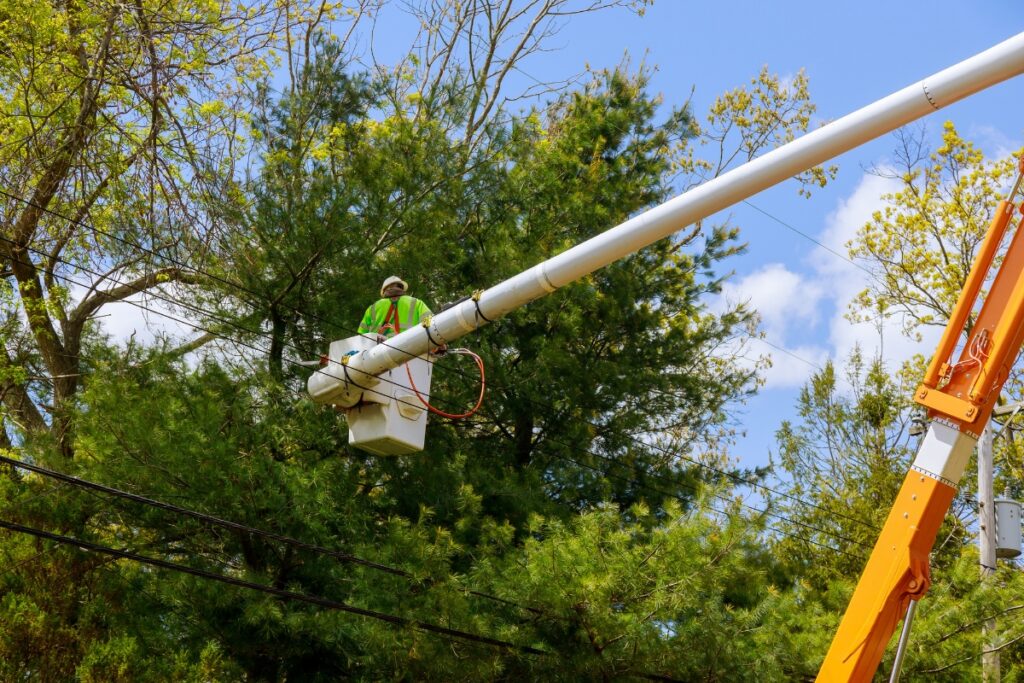
In addition to its practical benefits, tree pruning also plays a vital role in enhancing the aesthetic appeal of our surroundings. Well-pruned trees contribute to an organized and visually pleasing landscape, creating harmony between nature and human-made elements.
The artistry of tree pruning lies in understanding each species’ unique growth patterns and characteristics. Arborists carefully shape the canopy to accentuate desirable features while maintaining the tree’s natural form. This attention to detail ensures that pruned trees blend seamlessly into their environment while adding an element of beauty.
Sustainability and Long-Term Benefits of Regular Pruning
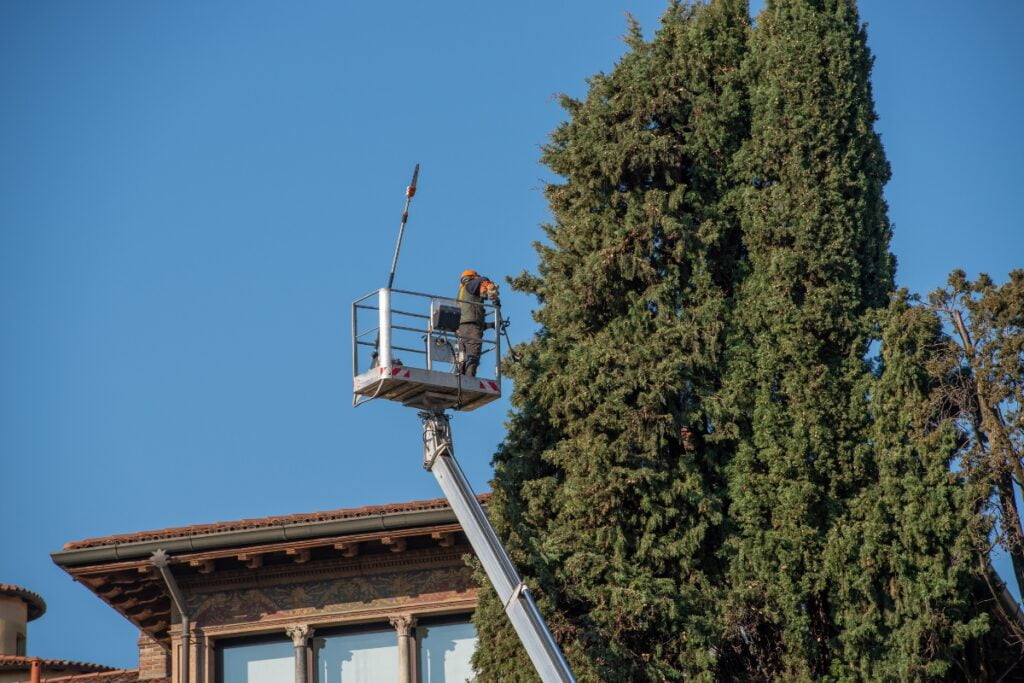
Regular tree pruning is not just a one-time task; it is an ongoing commitment to the health and well-being of our trees. By incorporating pruning into a regular maintenance routine, we can ensure that our trees continue to thrive for years to come.
Pruning helps to prevent potential problems before they arise, reducing the need for more drastic measures such as tree removal. It also promotes sustainable growth by redirecting the tree’s resources towards healthy branches and limiting excessive growth.
Conclusion: Embracing the Beauty and Benefits of Tree Pruning
Tree pruning is a powerful tool that unlocks the secrets to healthy growth. From shaping the tree’s form to promoting structural integrity, enhancing air circulation and sunlight exposure, mitigating disease risks, boosting fruit production and flowering, encouraging new growth and branch development, to creating aesthetic harmony in our landscapes – each aspect of tree pruning contributes to the overall health and vitality of our trees.
As you’ve discovered the numerous benefits of tree pruning for fostering healthy growth and longevity, why not trust the expertise of Campbell Tree Management Services? With our years of experience and dedication to preserving the beauty and health of your trees, we’re here to assist you. Contact us today at (770) 286-8058 or request a free quote on our website, and let us help you nurture your trees for a vibrant and flourishing landscape.

